Mari Tanigawa ran in her first marathon at the age of 24, when she was a company employee, and went on to become a world-class runner, winning the 1991 Tokyo International Women’s Marathon. Tanigawa, who still participates in numerous events as a runner and also engages in a wide range of social contribution efforts through marathons, spoke with us about the appeal of marathons as well as the highlights of the Tokyo Marathon 2025, which will take place on March 2, 2025.
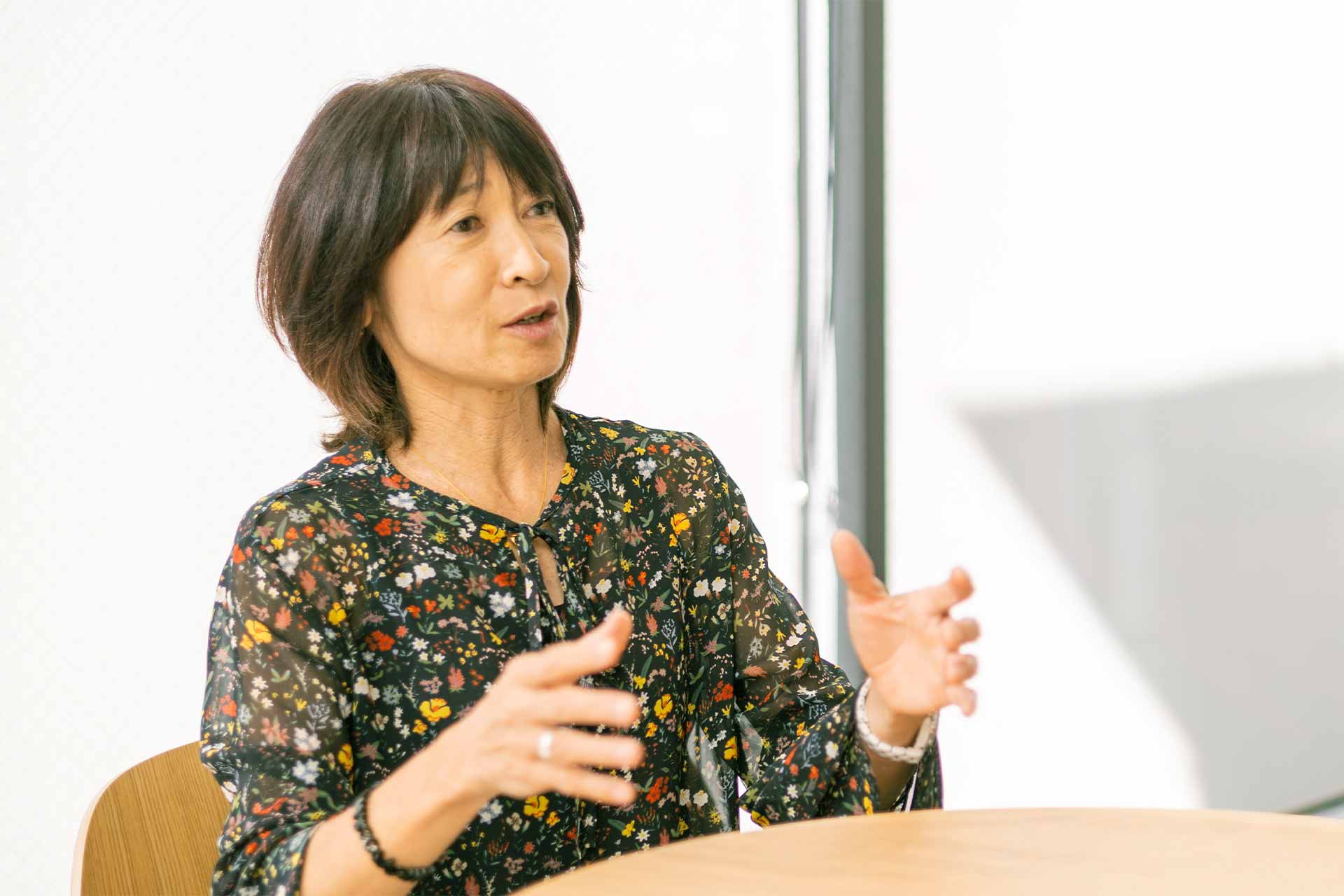
You began running marathons at the age of 24. What was it that got you into it?
“I’ve always liked running, and I was in the Track & Field Club in both junior high and high school. In high school, I ran in the 800-meter race at the Kanto Regional Championships twice, but my results weren’t particularly notable, and after I graduated from high school, I stopped competing. It was when I was working an office job at a company in Otemachi that I got into running again. A co-worker invited me to a cherry blossom-viewing party at the Imperial Palace, and the runners I saw there looked like they were really enjoying themselves, so that gave me the irresistible urge to start running. The very next day, I started running around the Imperial Palace during my lunch break.”
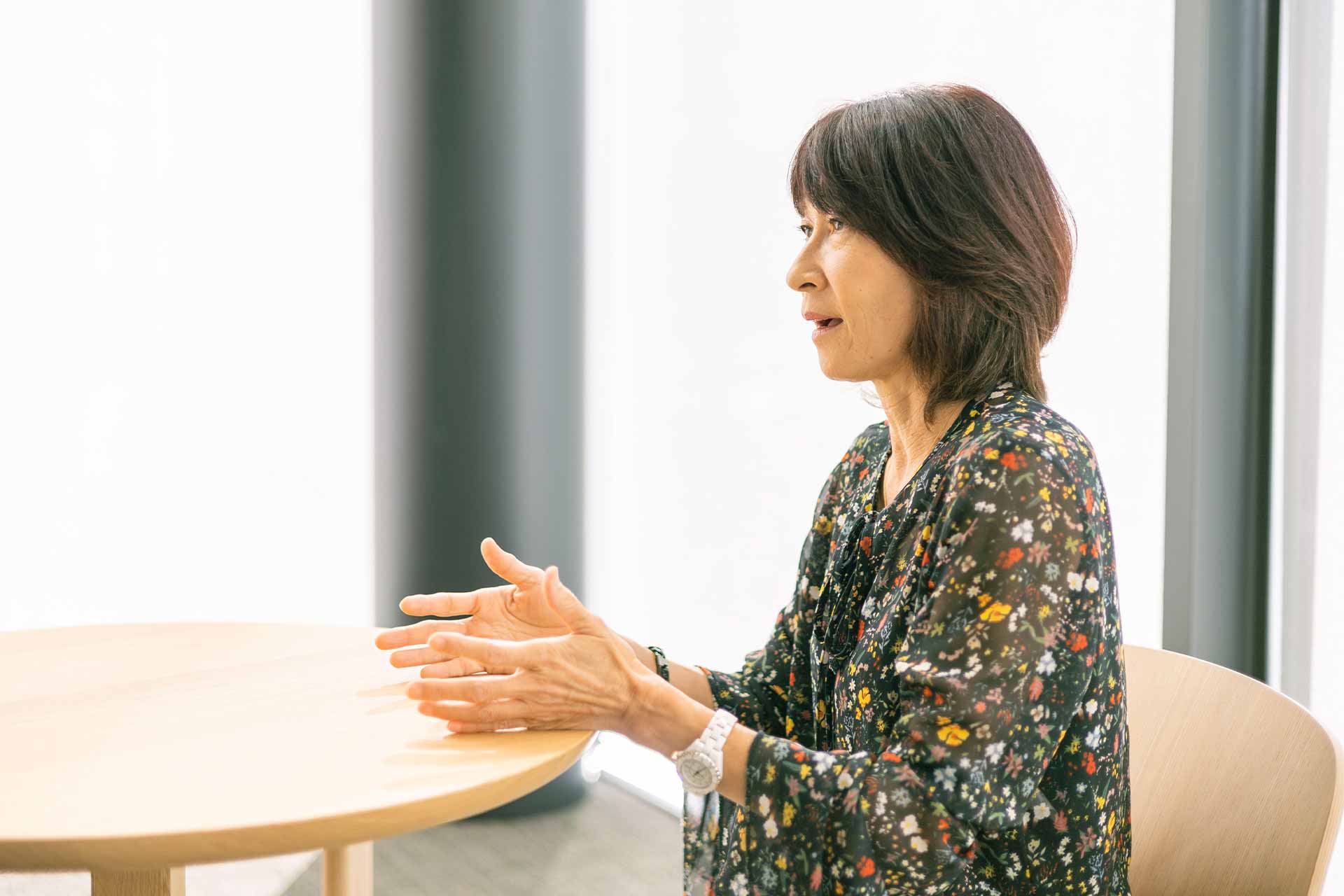
How did it feel after running for the first time in a long time?
“It just felt good. Up until then, my experience with running had been mainly club activities, and I had run as if I was being forced to do it, so I had never really gotten any enjoyment from it. But at the Imperial Palace Run, you can run how you want, at your own pace while taking in the spacious skies, green trees, and other scenery. I was so happy to be able to genuinely enjoy running that I made a habit out of running at the Imperial Palace, and I kept getting faster. Then one day, one of my friends at the Imperial Palace Run suggested that I enter a competition.”
That would be the Tokyo Citizens’ Marathon, the precursor to the Tokyo Marathon, right?
“That’s right. When I heard that the top-finishing Japanese runner would be invited to run a marathon in Sydney, I was suddenly very motivated. I trained hard, knowing that if I did my best, I could get a free trip abroad. As a result, I finished as the top Japanese runner in the Tokyo Citizens’ Marathon, which I entered about 10 months after I started running marathons, so I was able to represent Tokyo at the City2Surf race in Sydney. This gave me a real taste for marathon running, so I kept entering races and winning competitions for the extra prizes and other rewards, which opened the door for me to become a professional athlete when I was approached by business corporations.”
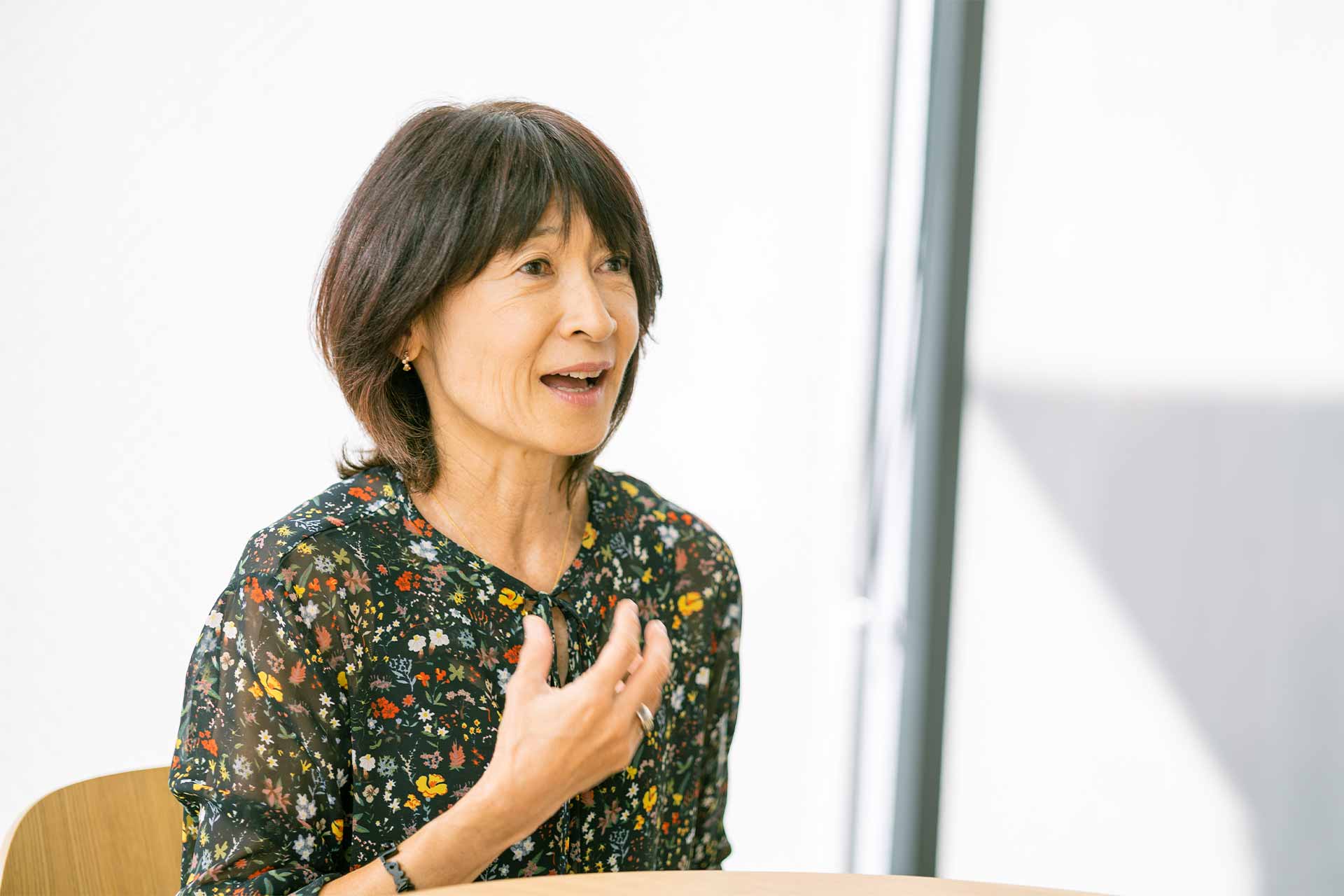
What do you think makes marathon running so appealing and enjoyable?
“For me, it’s everything you feel while running – the temperature, the wind, the humidity, the aromas… Also, the scenery you see along the way and the voices of people you can hear when you cross the finish line. On top of that, I feel light marathon running has sharpened my five senses, including my appreciation of the flavors of the food I eat after I’ve finished running. But of course, it’s not all fun and games. Long-distance running is also painful and tough. But there’s no such thing as a fluke in marathon running, so the more you train, the stronger you get, and there’s always something new awaiting you at the culmination of your efforts, as you gain more confidence and set new personal bests. That way of thinking is also one of the reasons I work so hard at it.”
How do you overcome the pain of all the training and running?
“No one is happy every single day 365 days a year, so of course there are times when it’s tough. But in that case, if you just keep at it during the practice time within that 24-hour duration of one day, you’ll have a sense of accomplishment, and also a pleasant time afterwards when you can eat a delicious meal and relax. So, I always tell myself, ‘The hard times are only temporary.’”
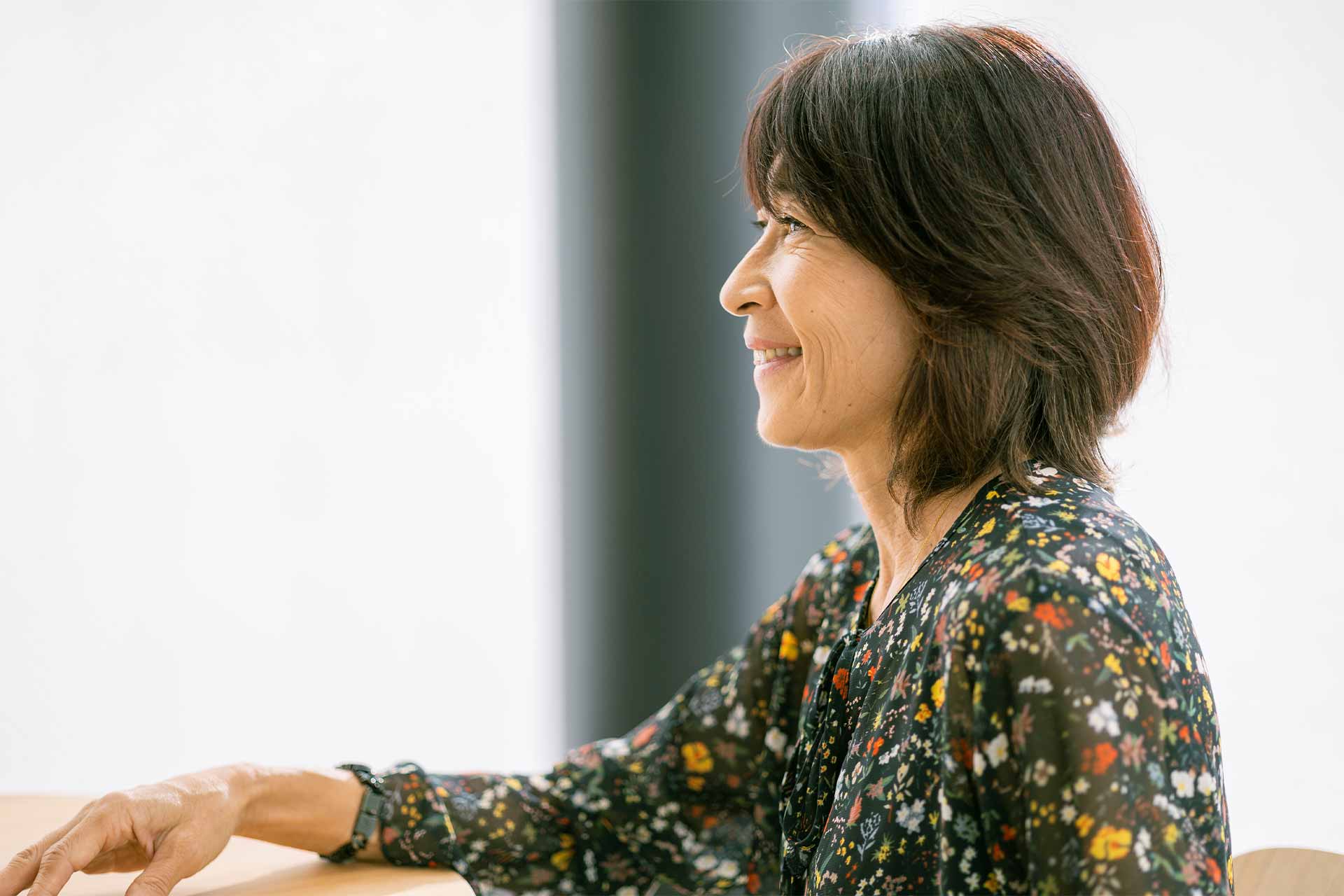
Can you tell us about some of the more memorable competitions you’ve participated in?
“The 1993 World Half Marathon Championships in Brussels, Belgium, left a lasting impression on me in many ways. First, in terms of my results, I finished second in a dead heat in the final stages of the race. While I was disappointed to come up short despite being so close to winning, I still remember the grandeur of the historic buildings in the Grand-Place area, where the finish line was, and the sweet aroma of Belgian waffles that seemingly wafted out of nowhere. I had been avoiding sweets before the race, so the delicious waffles I had as a reward for my second-place finish were also unforgettable.”
It’s easy to see that you enjoy marathons in a much broader sense than just records and rankings.
“There was a time when I was running in about 30 races a year. While I don’t have nearly as much physical strength as I used to, I still enjoy cheering on runners and also being cheered on by them when I run in races around the country. I also enjoy taking in the sights, smells, food, and people of the different areas together with them.”
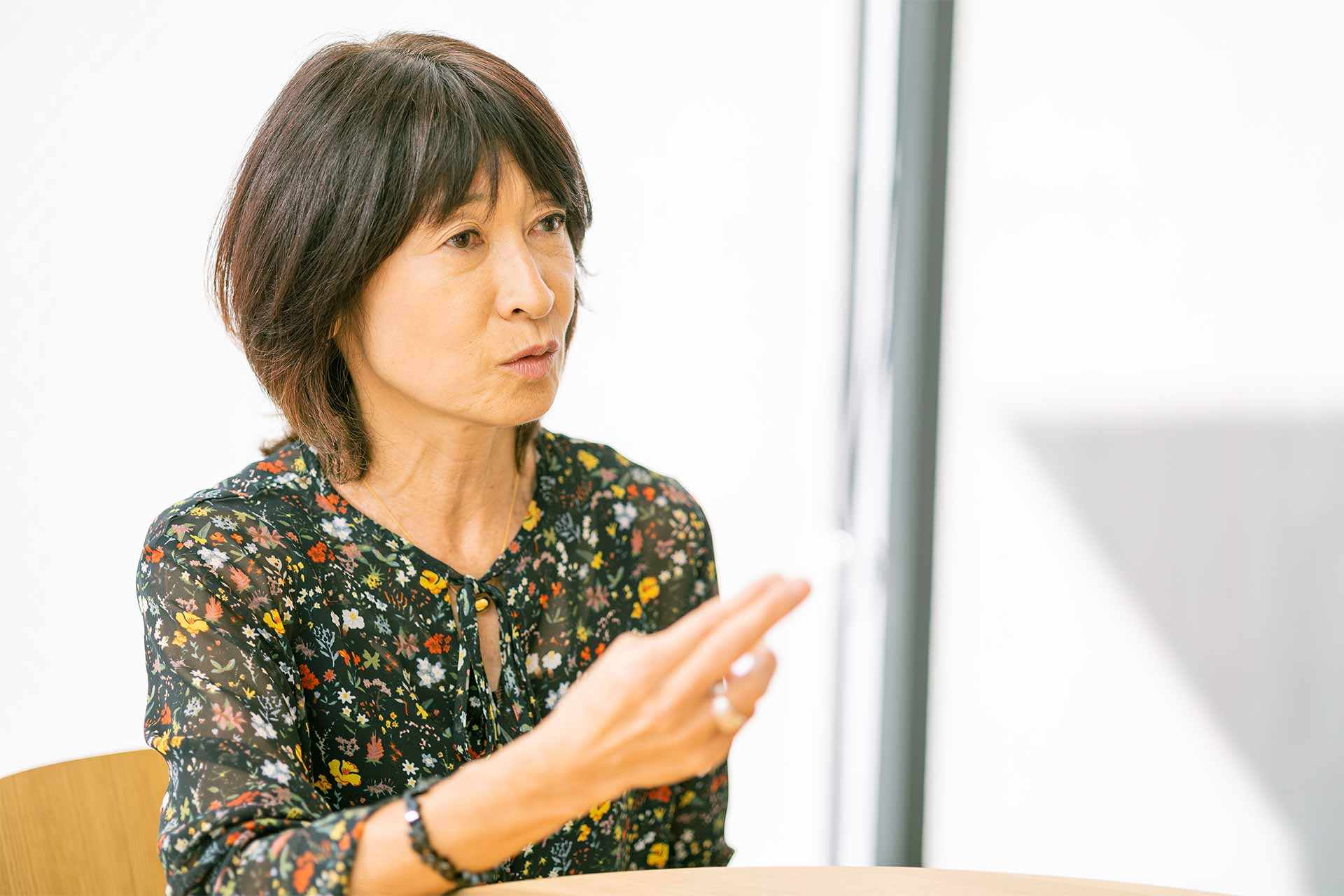
In 2025, the Tokyo Marathon will be held for the eighteenth time. Of all the marathons out there, what do you think makes the Tokyo Marathon uniquely appealing?
“More than anything else, the course is laid out so that it takes you to Tokyo’s landmarks and famous places. The course starts in front of the Tokyo Metropolitan Government No.1 Building in an area filled with skyscrapers, heads to Nihonbashi, Asakusa, and Ginza, and then past Tokyo Station as you approach the finish line in the direction of the Imperial Palace. The extraordinary experience of running this amazing route in the heart of Tokyo on foot is a privilege that only runners in the Tokyo Marathon can have.”
From a runner’s perspective, what characteristics does the course have?
“The maximum difference in elevation is about 40 meters overall, but there are few ups and downs, and it’s almost completely level from the halfway point to the finish line. One key feature is that there are no major inclines, so that makes it easier to get a good time. When I’m actually running the course, one thing that concerns me is that there are a lot of curves. But conversely, if it has a lot of straight lines, then the running can get monotonous, and the length of the road ahead can be demotivating. With that in mind, the fact that the scenery changes with each curve makes the race a more stimulating experience, and it also has the advantage of helping you change your mindset.”
What kind of strategy do you have for the Tokyo Marathon, and what do you think are the highlights of watching the race?
“The marathon has a total distance of 42.195 kilometers, which is quite long, but in any marathon, it’s essential that you conserve energy until the 30-kilometer mark. In other words, in a full marathon, the first 30 kilometers is like a warm-up, and the important thing is to see how hard you can go in the final 12.195 kilometers. On the Tokyo Marathon course, the pacemaker leaves the course around Nihonbashi Hamacho at the 30-kilometer mark, and the race culminates around the glamorous Ginza and Nishi-Shinbashi areas as you approach the finish line at Tokyo Station. In the area around Shiba Park, the runners go up Hibiya-dori Avenue and back, where they can see Tokyo Tower and Zojoji Temple, and that is the part of the race where the top runners make their final sprint. That part of the course is very straight and very easy to see the action, which makes it an ideal spot for spectators to watch.”
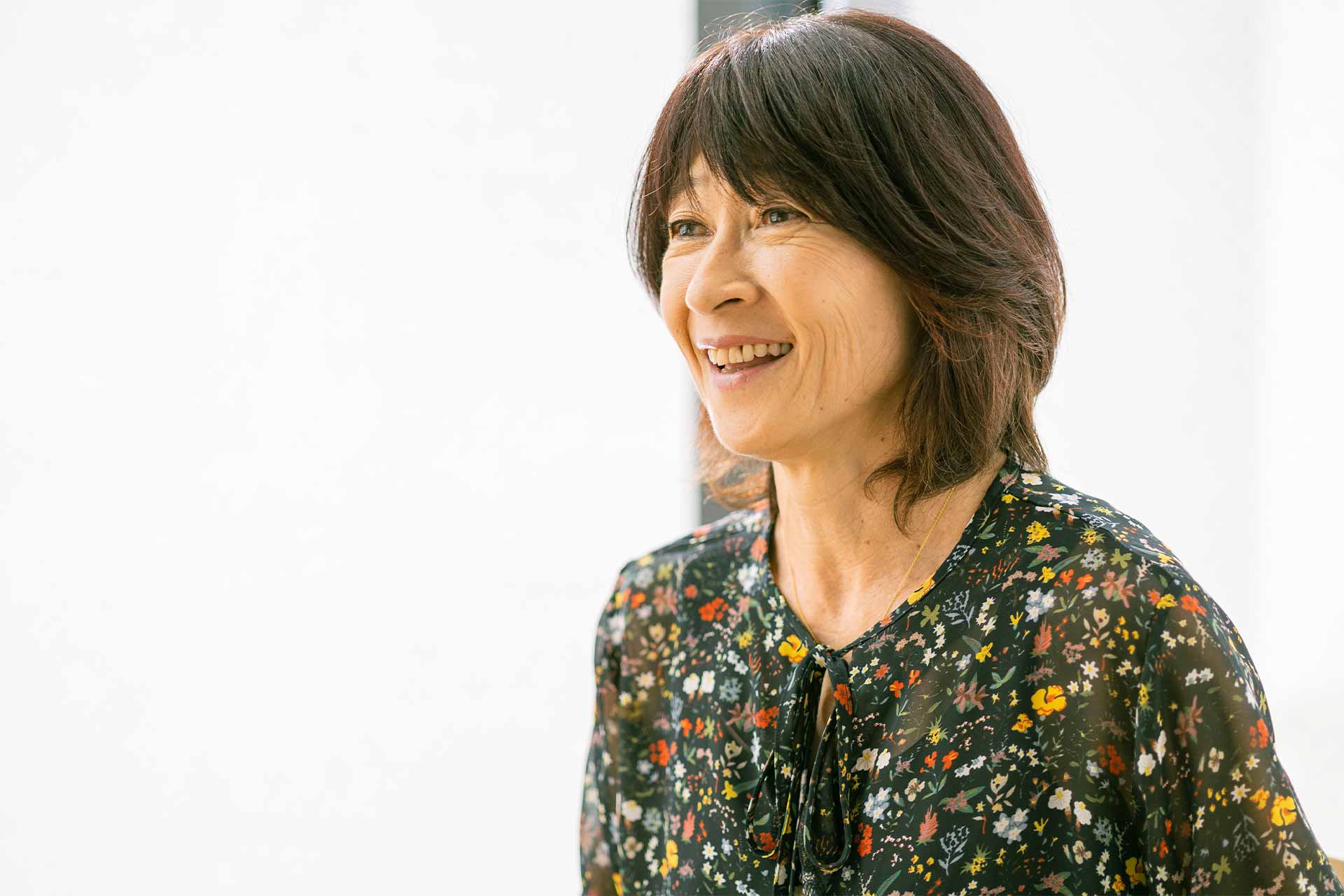
What are some running spots in central Tokyo that you recommend?
“There are a lot of places that are easy for beginners to run, such as the Imperial Palace area, where I first got inspired to run marathons, as well as Yoyogi Park and Hibiya Park. Among these places, I often go to Ueno Park in the summer. There are cultural facilities such as temples, art galleries, and museums throughout the area, and it has good visibility, while there are also a lot of shady trees providing welcome protection from the sun. One thing I should point out, though, is that it isn’t maintained as a running course, so please make an effort to run there during times when there are few pedestrians so as not to disturb other visitors to the park.”
What kind of goals do you have for yourself going forward?
“I also want to take part in efforts to attend to foreign athletes competing in Japanese races, and to support Japanese athletes who are training abroad. In fact, I found it very inspiring when I had the opportunity to meet a Japanese person who was doing exactly that. For me to also be able to do the same, the first thing I need to do is improve my language skills, particularly English conversation. I also want to contribute my efforts to environmental issues such as climate change and marine debris in whatever way I can through marathons and other sporting events.”
<Profile>
TANIGAWA Mari
Born in 1962 in Fukuoka Prefecture. Ran as a mid-distance runner in high school. Started marathon running at age 24 while employed as an office worker and won the Tokyo International Women's Marathon in 1991, the Gold Coast Marathon in 1992, and the Paris Marathon in 1994. In 1992, she received numerous awards including the Tokyo Citizens’ Cultural Honor Award and the Asahi Sports Award. Today, she is still competing in marathons as an active runner, and is also actively involved in social contribution activities such as landmine clearance and refugee rescue, in addition to giving lectures and running classes and making media appearances.